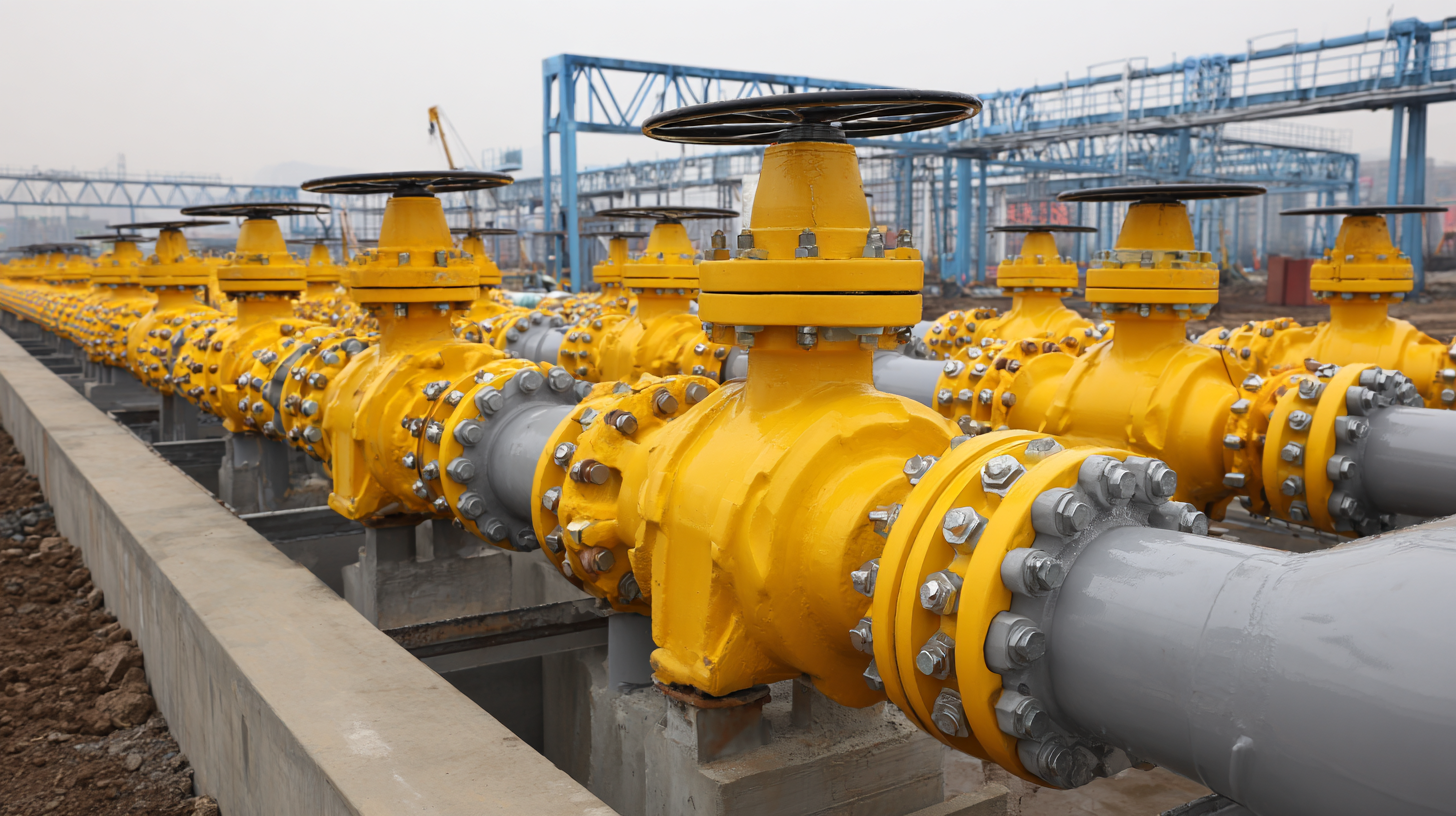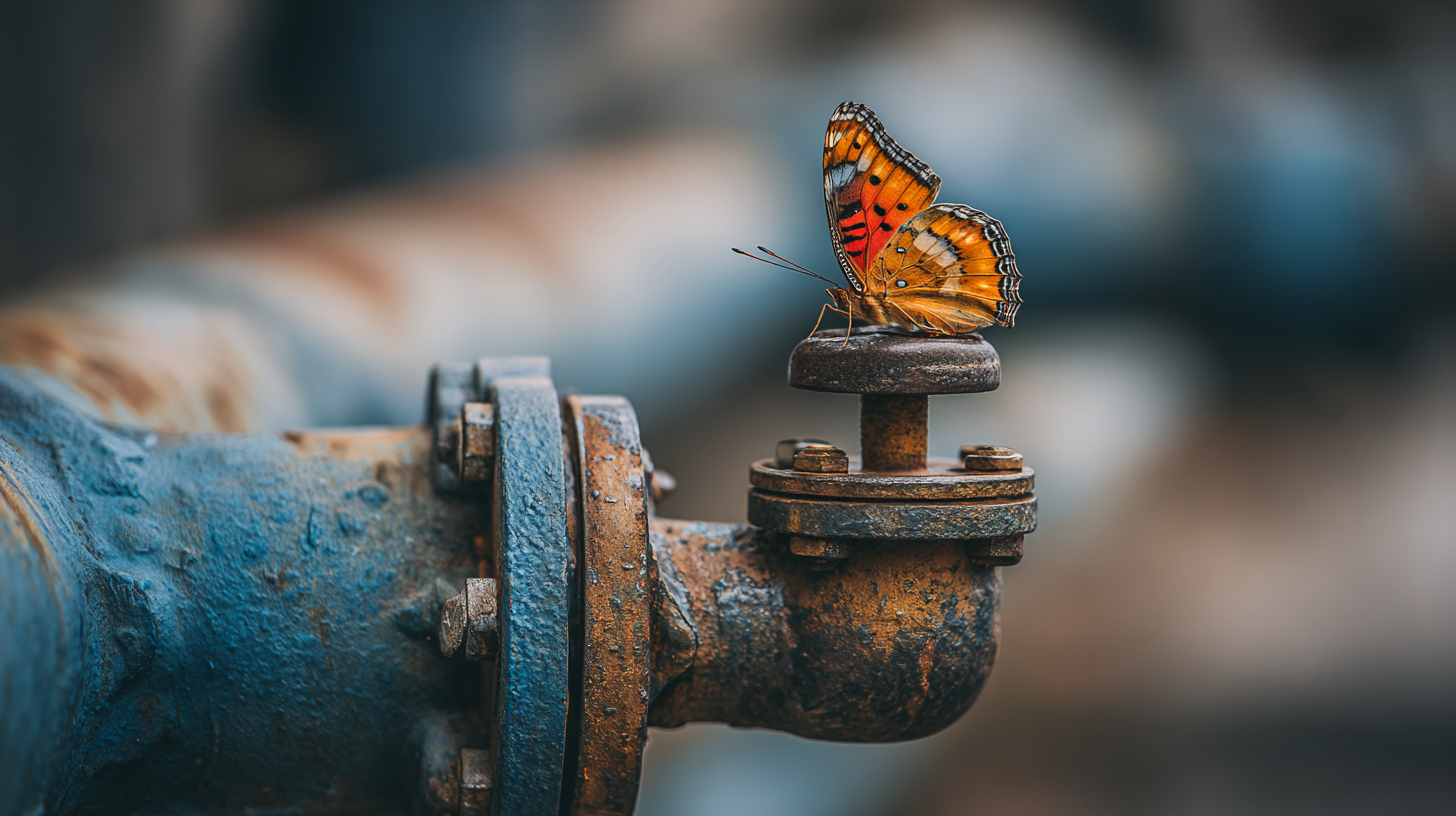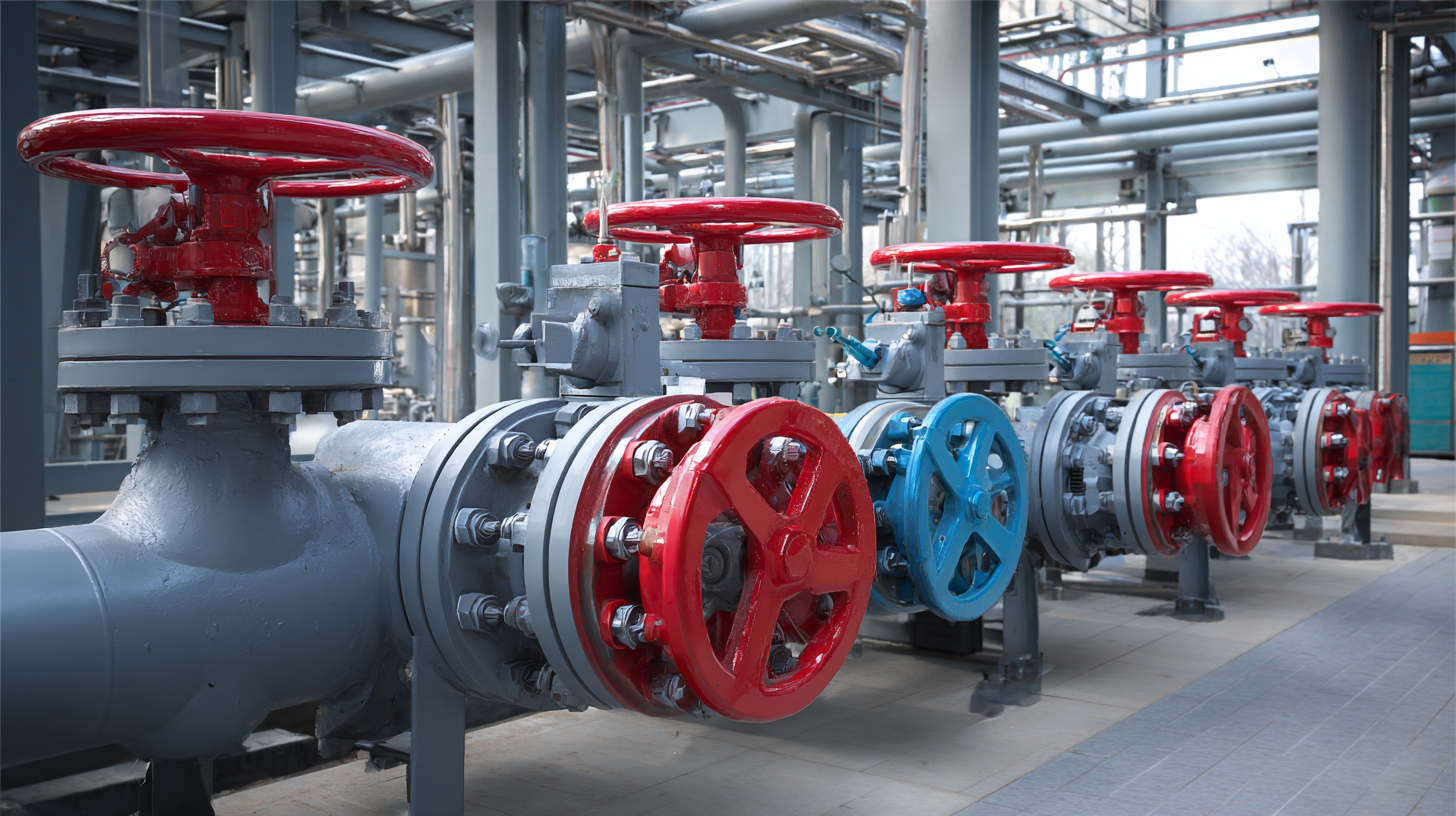When it comes to pipeline systems, the choice of valves is critical for ensuring operational efficiency and longevity.
Butterfly valves, known for their simplicity and reliability, offer significant durability advantages that make them a top choice for various applications. Constructed from high-quality materials, these valves can withstand substantial pressure and temperature variations, which is essential for maintaining the integrity of your pipeline. Their robust design minimizes wear and tear, making them less prone to damage compared to other valve types.
Maintenance is another critical aspect where quality butterfly valves shine. Unlike traditional gate or globe valves that often require complex maintenance procedures, butterfly valves are relatively easy to inspect and service. Their straightforward construction means fewer components to check, reducing downtime and associated labor costs.
Additionally, the use of advanced sealing technologies in high-quality butterfly valves ensures leak prevention, further enhancing their reliability. By investing in quality butterfly valves, pipeline operators benefit from long-term savings and improved performance, solidifying them as essential components in optimizing pipeline efficiency.
 © Copyright 2020 Tianjin Tanghaidongyang Valve Co., Ltd. All Rights Reserved.
© Copyright 2020 Tianjin Tanghaidongyang Valve Co., Ltd. All Rights Reserved.


 In various industrial applications, the successful implementation of butterfly valves has been documented through numerous case studies, demonstrating their pivotal role in enhancing pipeline efficiency. For instance, a report by the Valve Manufacturers Association indicates that facilities employing butterfly valves have experienced a
In various industrial applications, the successful implementation of butterfly valves has been documented through numerous case studies, demonstrating their pivotal role in enhancing pipeline efficiency. For instance, a report by the Valve Manufacturers Association indicates that facilities employing butterfly valves have experienced a 
